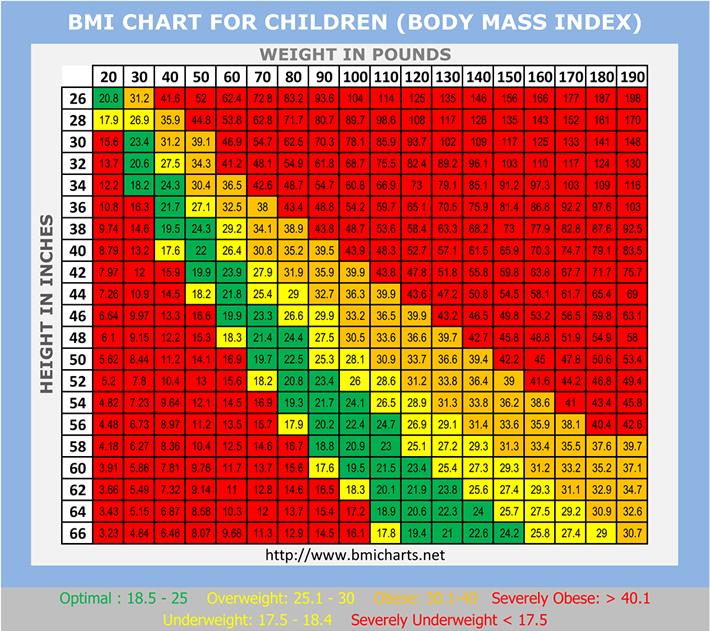Is My Child Healthy?
By Kelsie Noel, DPT
Kids Place West Pediatric Physical Therapist
America has a growing problem of young children becoming overweight and obese. Recent statistics have placed Arizona as having the fourth highest obesity rate in the country. In 2012, more than one third of children and adolescents were diagnosed as overweight or obese. According to research, forty percent of overweight children will become overweight adolescents and eighty percent of obese adolescents will become obese adults.
“The consequences of this disease starting in childhood may be more severe as the duration of obesity will be longer.” While many parents hear these statistics, they frequently do not think they apply to their own children. Often, parents do not see weight changes in their own children and tend to identify their children as weighing less than they do. A typical 5 year old who is between 39” and 48” tall should weigh between 34 and 63 pounds. However, even if your child falls within these ranges, they still may be too heavy or too light for their height. A good way to track healthy weight in children is to determine their BMI (body mass index).
Whether or not this applies to your children, we still need to focus on what to do as parents in order to keep our children healthy and how to help them manage their weight if it becomes an issue. Schools and society are aware of this problem, and they are trying to implement efforts to reduce these statistics. However, schools are also focused on improving education. Therefore, they have reduced the amount of recess and physical education requirements within a school day. This change requires parents to get their kids to be more active at home in order to meet their requirement of 60 minutes of moderate-vigorous activity every day. (This is much more than going for a casual family walk!)
Some helpful ways to keep them moving are to get them involved with sports. Parents can also set limits to the amount of video game and TV time permitted in a day while encouraging kids to play outside with siblings and friends.
Schools have also taken great measures to improve the quality of food that our children are consuming and trying to make them aware of healthier options. In addition to what they eat at school, parents should encourage a diet full of fruits and vegetables while minimizing sugar consumption, both in foods and beverages, and drinking plenty of water instead.
What’s the worst that can happen if my child is a little overweight? Increased weight can lead to many health issues including heart problems and diabetes as well as orthopedic complications, even in young children. It can also lower their self-image and result in withdrawal from social contact. Some studies have found a link between depression and eating disorders in severely obese individuals.
Let’s teach our children to maintain a healthy lifestyle while they are young so that they can carry these good habits into adulthood. The best way for kids to learn is by having good role models to follow. They will remember watching their parents make good healthy eating choices and partaking in physical activity!
References:
https://www.healthiergeneration.org/about_childhood_obesity/in_your_state/arizona/
https://www.cdc.gov/healthyschools/obesity/facts.htm
http://www.livestrong.com/article/276954-normal-height-weight-for-a-school-age-child/
Lifshitz, F. (2008). Obesity in Children. Journal of Clinical Research in Pediatric Endocrinology, 1(2), 53–60. http://doi.org/10.4008/jcrpe.v1i2.35









